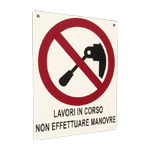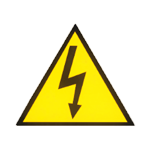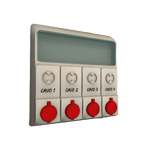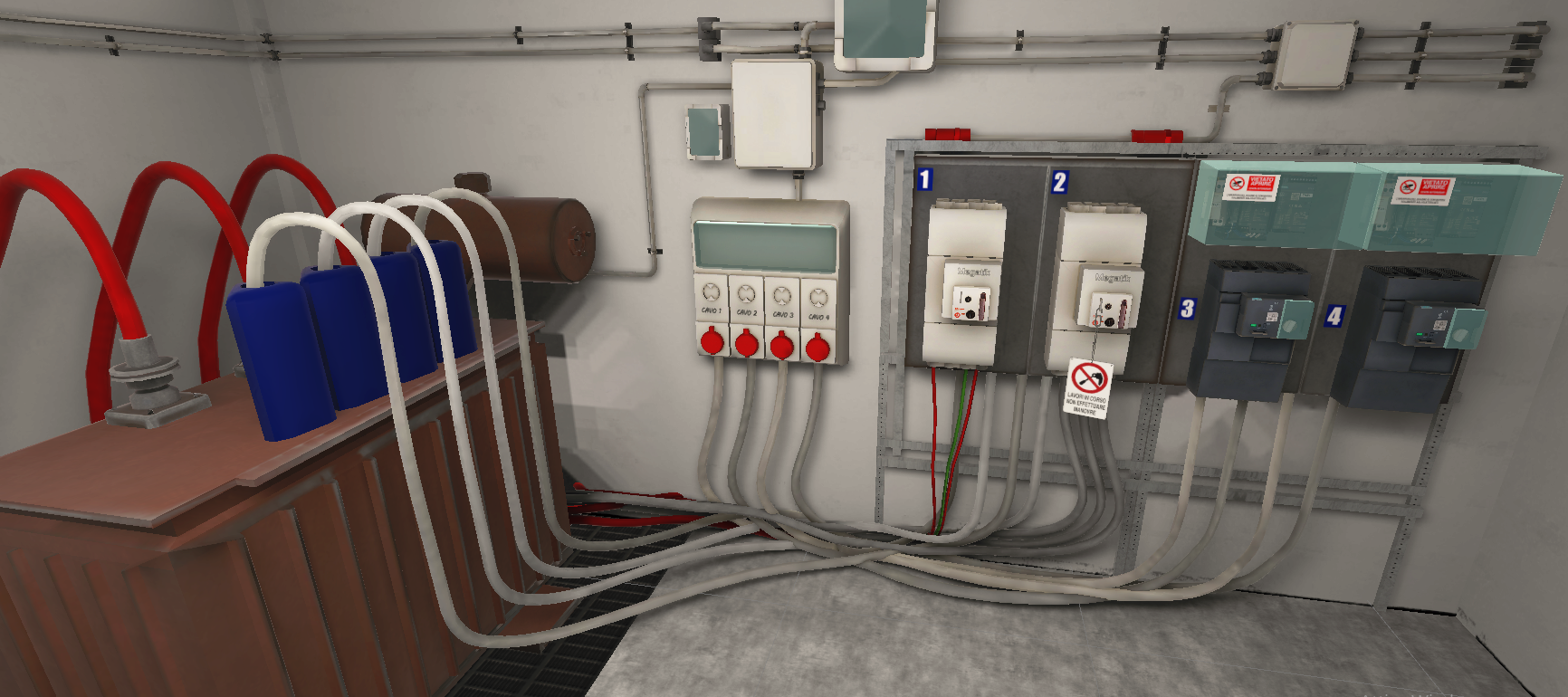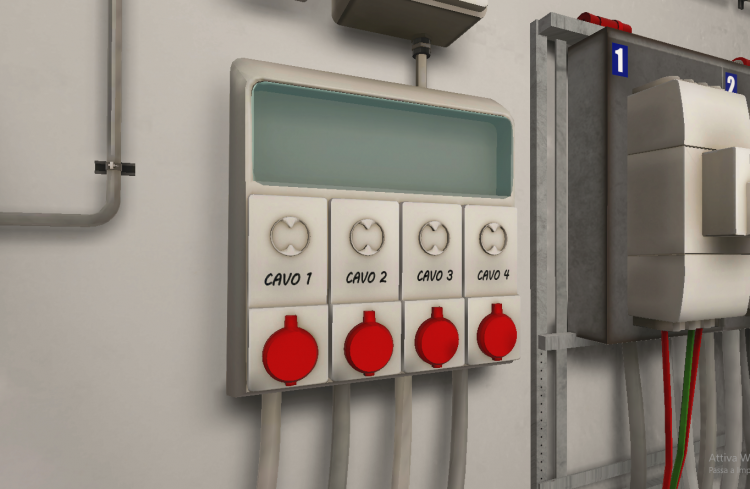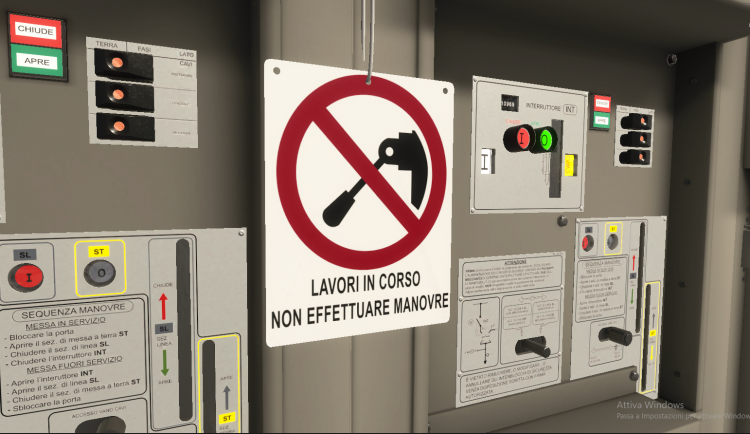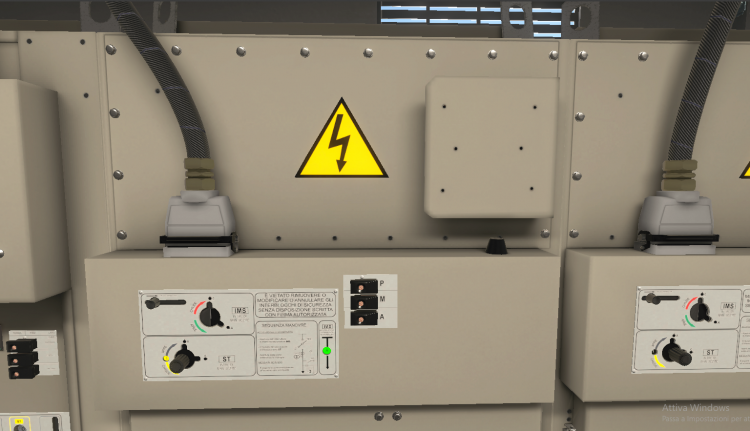VR Training Simulation
Secondary Cabin Operations
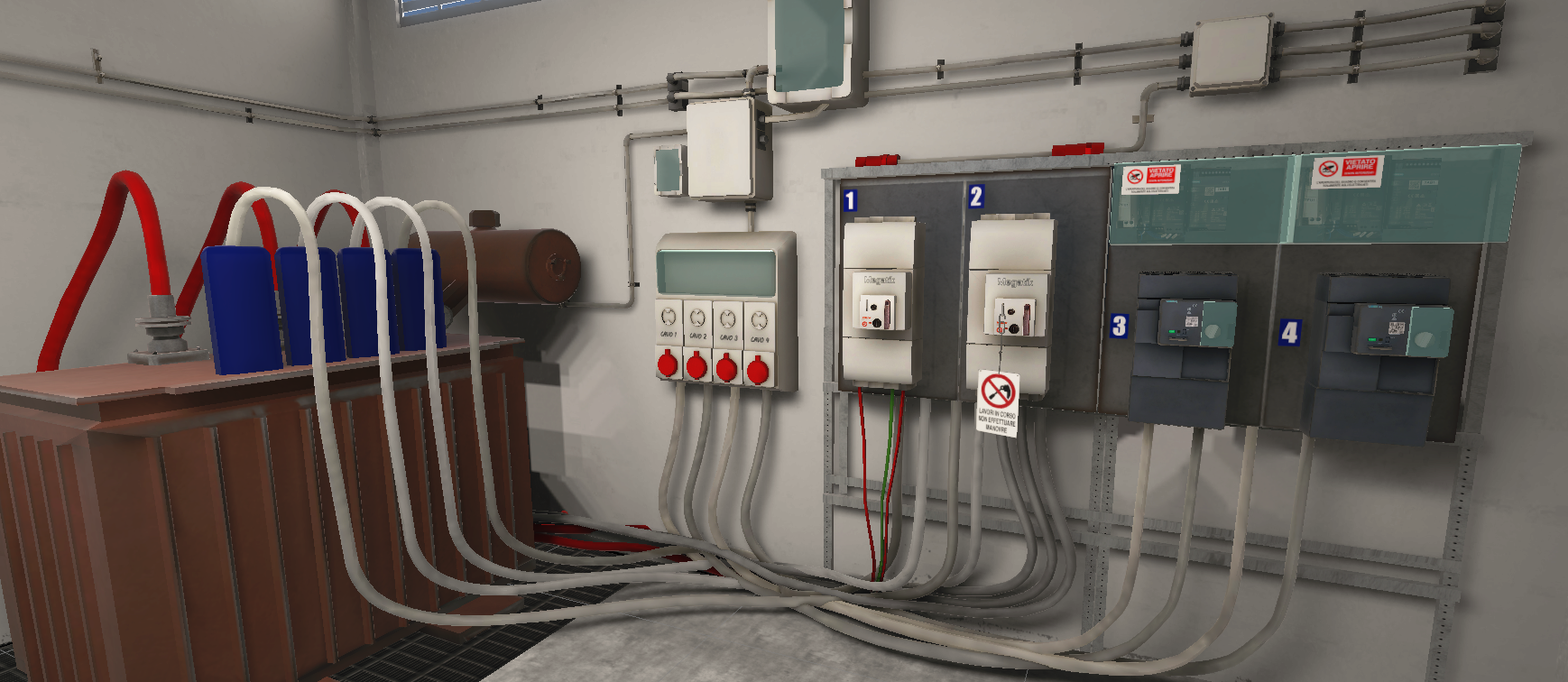
The project developed by AnotheReality for one of the leading Italian companies in the energy sector involves personnel training through the creation of a real work scenario in virtual reality (VR). The proposed solution recreates a 3D secondary cabin where workers can learn and train on technical procedures. This innovative project allows for an immersive and realistic experience, resulting in increased safety and efficiency in the workplace.
The immersive experience in the 3D cabin and its features
The 3D secondary cabin used in the VR training project for the brand offers the opportunity to develop skills uniquely and engagingly. Real-scale 3D models allow for realistic interactions with the environment, and faithful sound reproduction contributes to creating a realistic atmosphere. Furthermore, the implemented work procedures are the same as those workers would normally perform on-site, ensuring high-quality training.
Moreover, thanks to the VR experience, personnel can not only learn but also memorize the correct procedures in a safe and controlled environment. The knowledge validation system allows for error correction and the development of positive habits, which will later be applied in the real world. This approach significantly enhances safety and efficiency in the workplace.
Multiple simulation and group training in virtual reality
The VR training project also includes the possibility of conducting multiple simulations and involving entire teams in shared training sessions. Using VR headsets, workers can interact with each other in a virtual environment, learning collaboratively and refining their skills. This collaborative learning method helps foster a strong team spirit and improve the effectiveness of field operations.
Benefits of virtual reality training for operational teams
Training through VR simulation offers numerous advantages over traditional methods. Firstly, virtual reality allows for safer practice, as workers can train in realistic situations without the risk of accidents and can solidify the execution of compliant protocols. Additionally, VR enables increased efficiency and cost savings by reducing travel expenses and wear and tear on real equipment.
Conclusion: The future of training in the energy sector thanks to virtual reality
The innovation brought by virtual reality in the field of training represents a revolution for the energy sector. With these advanced solutions, companies can provide their employees with a more effective and safer learning experience while optimizing costs and resources. Moreover, the ability to simulate and manage complex and potentially dangerous situations in a controlled and virtualized environment allows for facing future challenges with greater awareness and preparedness.
Virtual reality has already demonstrated high potential in the training field, but its impact on the energy sector is just beginning. Companies that adopt and invest in groundbreaking projects like VR training will be able to develop advanced skills and maintain high standards of safety and efficiency, positioning themselves as leaders in the global market.
The experience was designed to return a simulation as consistent with reality as possible. To make the immersion complete and real, our designers left out no detail: every interaction and every sound perceived by the user faithfully reproduces the actual situations and procedures that would have taken place on-site.
